I am a newbie in Tableau and have no ideas how to solve the following task:
I have a table. Each row contains fields with date (date), customer id (string), order id (string), price (numeric), quantity (numeric). But not all data (rows) contains the correct information. One order can contain (but not must!) several rows with different date. In that case, the correct rows are with the last date, the rest are just garbage. So, I need to get the correct quantities of orders and customers per day.
The algorithm is simple: to get last date of each order, to filter rows of each order with only this date – these are correct data (the rest are wrong). After that to calculate number of unique orders id and customers id per day.
In conclusion, to plot a diagram with quantity of orders per day with tooltips of customers’ quantity.
I can do it with Python (just several strings needed) and I know it can be done via LOD, but I can’t. It is like an absolute obstacle now for me(((
Maybe, Python's code clarify the approach:
for order in data['order_id'].unique() :
correct_date = data.query('order_id == @order')['date'].max()
data = data.drop(index=data.query('order_id == @order and date != @correct_date').index)
